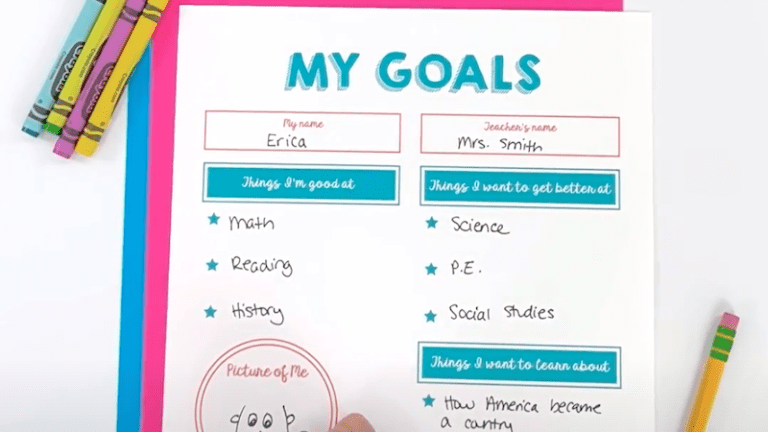Identifying the elements of a story helps students deepen their reading comprehension skills. Plus, it guides them when they’re ready to start writing their own stories. These story-elements anchor charts are easy enough for any teacher to make, and they provide lots of good information for kids to reference. Choose one or more to share with your class!
1. Basic Story Elements

This anchor chart is excellent for kindergarten or first grade. It lays out the basic story elements, leaving room to add information with a marker or sticky notes.
Source: The Animated Teacher
2. What Are Story Elements?
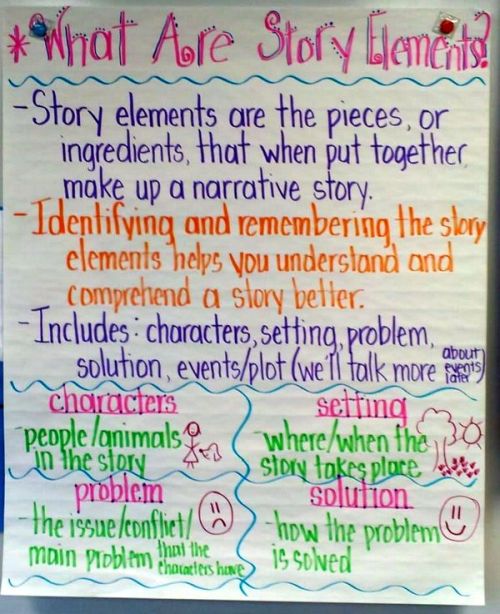
This text-based chart is better for older elementary kids. Hang it up to remind them of the key elements to look for as they read or write.
Source: Confessions of a Primary Teacher
3. All Good Stories Need …

This is one of those story-elements anchor charts that works for just about any age. The symbols are easy to understand at a quick glance.
Source: 3rd Grade Thoughts
4. Fiction Story Elements

Here’s another simple text-based chart with the basic fiction story elements. There’s room for sticky note details, too.
Source: Hippo Hurray for Second Grade
5. Parts of a Story

If “elements” is too difficult a word for some students to remember, replace it with “parts” instead. Add some sweet illustrations to relate the terms to a story they’re reading.
Source: Keeping It Cool at School
6. Story Elements With Clip Art
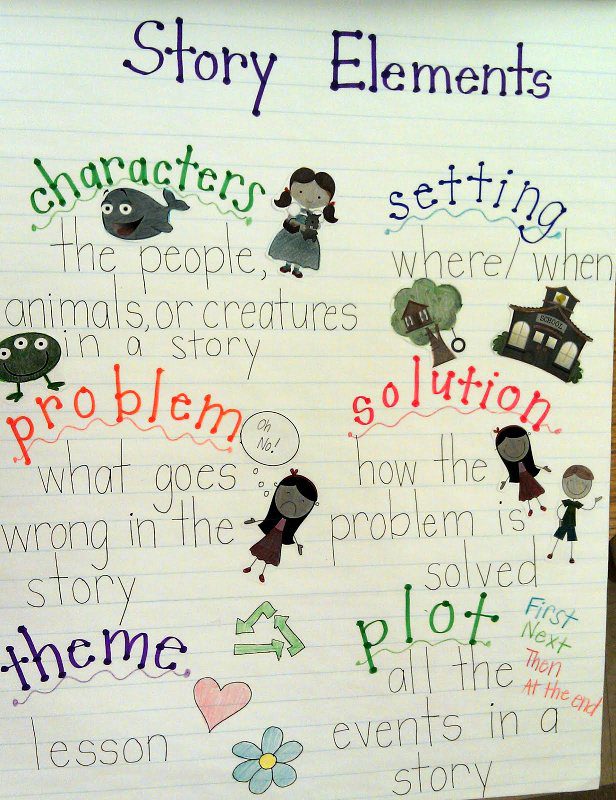
Not much of an illustrator? No problem! Grab some free teacher clipart to dress up your anchor chart.
Source: Eclectic Educating
7. Story Elements Puzzle

This is one of the most common designs for story-elements anchor charts. The puzzle pieces show kids how all the elements come together to form an engaging story.
Source: Teaching With a Mountain View
8. Literary Elements

This chart includes another popular design, the roller coaster. Use it to represent the way plot action rises to a climax and falls to a resolution.
Source: The Creative Apple
9. Sticky Note Illustrations

We love this idea for pre-writers. Have students illustrate the various story elements on sticky notes to add to your chart.
Source: Blooming in Kindergarten
10. Story Map

The same concept works for older students, except they can write their answers instead of (or in addition to) illustrating them.
Source: The Applicious Teacher
11. Compare and Contrast Story Elements
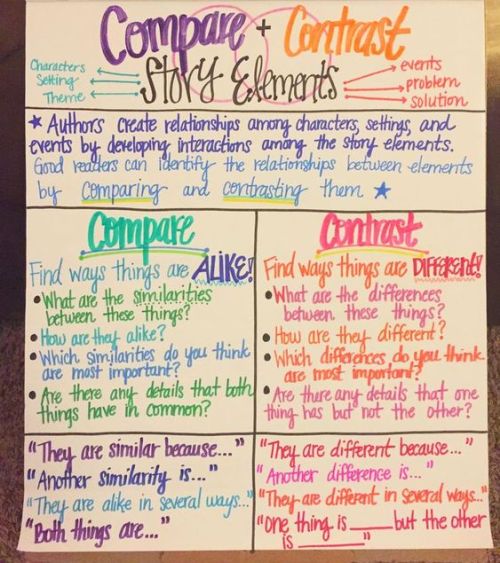
Delve deeper into reading comprehension by comparing and contrasting story elements. It will help kids better understand characters and plot points.
Source: Jennifer Findley/Pinterest
12. Story Retelling
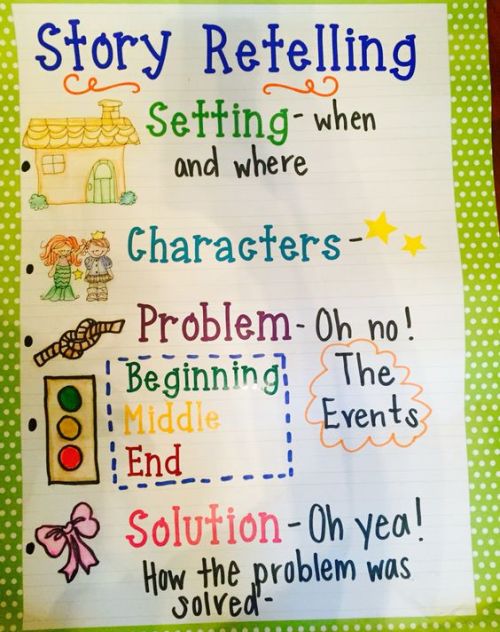
Retelling a story is another way to deepen comprehension. Students recount the story’s elements in their own words. This anchor chart can help them along the way.
Source: Jordan O./Pinterest
13. I Can Retell a Story

One cool way to help kids retell a story is a story-elements bracelet. Add a colored bead for each element, corresponding to this chart. Kids then move the beads along the bracelet as they recount each part of the story.
Source: Kindergarten Chaos/Pinterest
14. 5-Finger Retelling
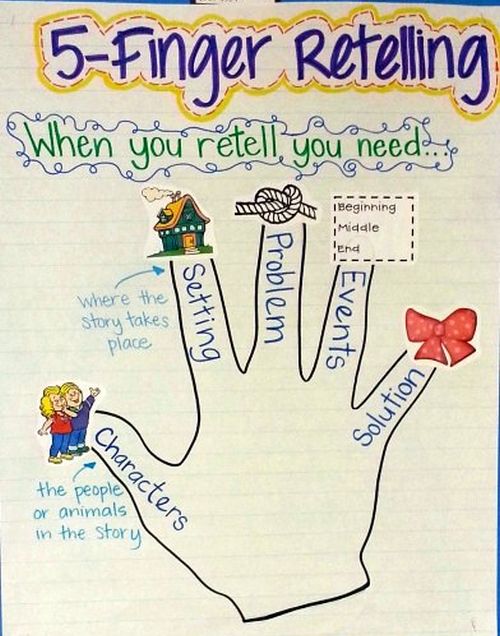
The five-finger method is another popular choice for retelling a story. Teach students to associate each finger with one type of story element.
Source: Skinned Knees & Shoelaces
15. How to Retell a Story

This chart combines the five-finger method with the roller-coaster model. You get two charts in one!
Source: Glitter in Third/Pinterest
Enhance your lessons on story elements with a video or two! Take a look at Our Favorite YouTube Videos for Teaching Story Elements.
Plus, get all the latest teaching tips and ideas when you sign up for our free newsletters.


